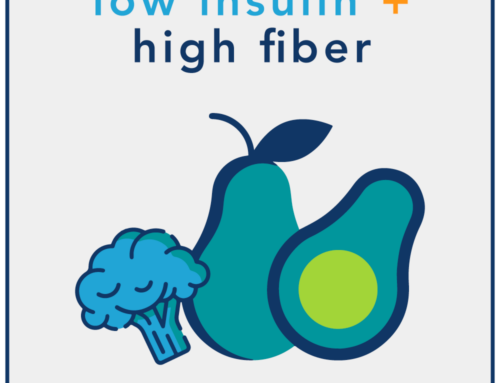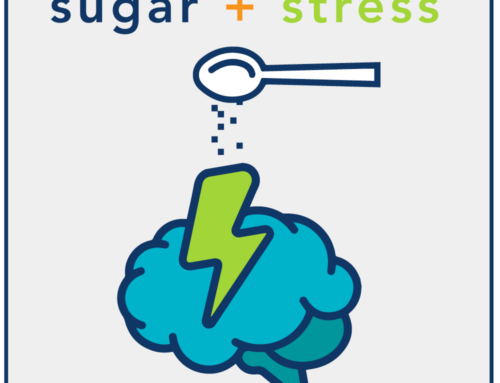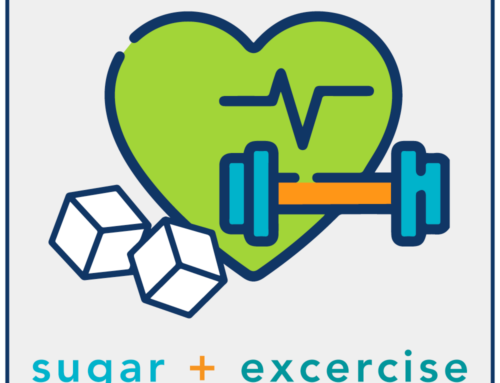The Magic of Muscle
Building and maintaining muscle tissues is important for the over all health of all humans for many reasons. Loss of or inadequate muscle tissue leads to poor health outcomes including, loss of function, fatigue, disability and fall risk. For the purpose of this program we want to focus on the role of muscle tissue in glucose metabolism and insulin resistance. Spoiler alert! The muscle tissue you have AND THE MORE YOU USE THEM, the better. Here’s why.

- Glucose Uptake: When you engage in physical activity or exercise, your muscles require energy, and glucose uptake by muscle cells increases. Regular exercise and muscle contraction enhance the sensitivity of muscle cells to insulin, making them more effective at taking up glucose from the bloodstream. This helps lower blood sugar levels and improves insulin sensitivity.
- Insulin Receptor Sensitivity: Muscle cells, in particular, have a large number of insulin receptors. When these receptors become more sensitive to insulin, they allow for better glucose uptake, even when insulin levels are not excessively high. Regular physical activity, especially resistance training, can enhance insulin receptor sensitivity in muscle cells.
- Muscle as a Glucose Sink: Skeletal muscle can act as a “glucose sink,” meaning it has the capacity to store glucose in the form of glycogen. When you exercise, glycogen stores in muscle are depleted, and after exercise, they need to be replenished. This process requires glucose uptake, which is again facilitated by insulin. Regular exercise helps maintain healthy glycogen storage in muscles, which can contribute to improved insulin sensitivity.
- Metabolic Rate: Muscle tissue is “metabolically active”, meaning it requires energy even at rest. Having a higher proportion of muscle mass in your body increases your resting metabolic rate. This means that even when you’re not exercising, your muscles are using more glucose and calories compared to someone with lower muscle mass. This increased energy expenditure can contribute to better blood sugar control and improved insulin sensitivity.
Incorporating regular physical activity, particularly a combination of aerobic exercises (like walking, jogging, cycling) and resistance training (such as weight lifting), can effectively add muscle and maintain muscle tissue, improve insulin sensitivity, and overall metabolic health. However, it’s important to note that while muscle plays a crucial role, overall lifestyle factors including a low insulin high fiber diet with optimal protein, managing stress, and getting adequate sleep are also integral to managing insulin resistance and preventing type 2 diabetes.
Don’t forget, You have access to Simplex On Demand with this program. If you want to guidance on how to find the workouts best suited to building muscle let you health coach know.



